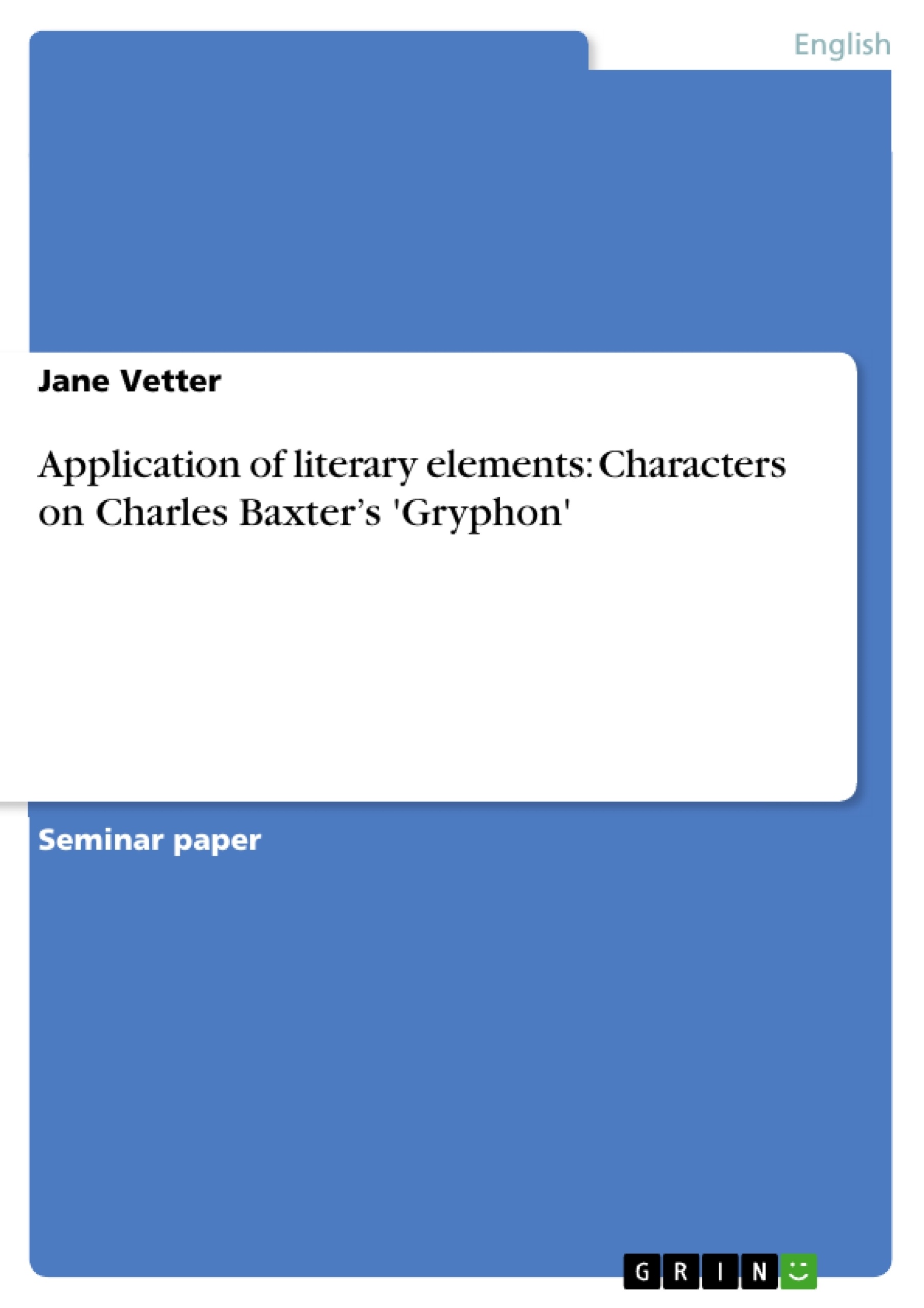Fictional characters often appear to readers as real people with authentic actions, thoughts and speech even though they are an author’s construct, intended to help a story to develop, to deepen and to come to life. Writer Robert DiYanni reasons in his book Literature: Approaches to Fiction, Poetry, and Drama that readers have to look into characters in order to find out more about “their function and significance in the story.” (54)
But what exactly is a character? The website Merriam-Webster Online defines character as “one of the persons of a drama or novel”, and “a person marked by notable or conspicuous traits.” Victoria Henderson, a student of the University of North Carolina, further points out within the Glossary of Literary Terms that “[c]haracters are extremely important because they are the medium through which a reader interacts with a piece of literature. Every character has his or her own personality, which a creative author uses to assist in forming the plot of a story or creating a mood.”
According to DiYanni, characters can be identified as major and minor, static and dynamic (54). The major character is the dominating core of a story and is also known as protagonist “whose conflict with an antagonist may spark the story’s conflict.” (54) Minor characters are generally used to support and illuminate the more significant individuals within the story (54).
- Quote paper
- Jane Vetter (Author), 2005, Application of literary elements: Characters on Charles Baxter’s 'Gryphon', Munich, GRIN Verlag, https://www.grin.com/document/116456
-

-

-

-
Upload your own papers! Earn money and win an iPhone X. -

-
Upload your own papers! Earn money and win an iPhone X. -

-
Upload your own papers! Earn money and win an iPhone X. -

-
Upload your own papers! Earn money and win an iPhone X. -

-
Upload your own papers! Earn money and win an iPhone X.

